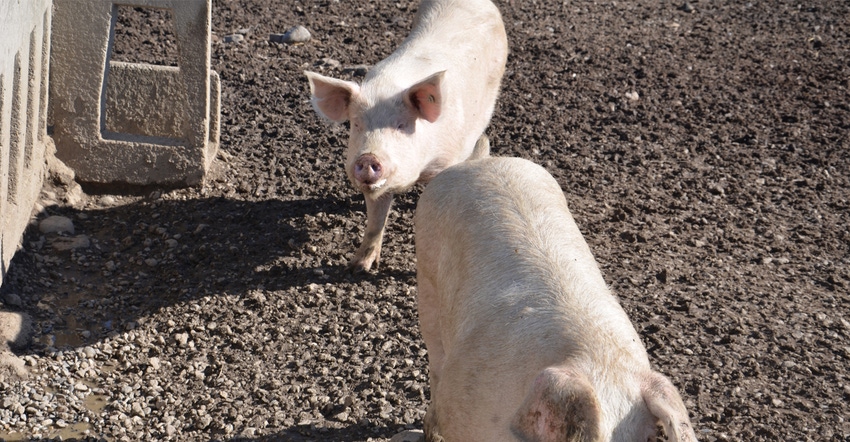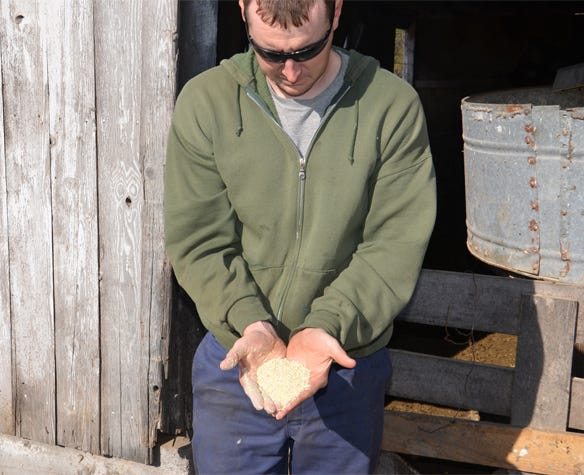
Nathan Hunt and his father, Jack, raise hogs in pastures and lots in Miami County. They farrow out about 60 sows per year. They don’t do it because it’s trendy to produce pasture-raised pork today in some circles. This is the way they’ve always done it.
“My grandpa, Don Hunt, just kept raising hogs outside when other people moved them inside, and Dad and I kept doing it, too,” Hunt says. What’s old is new again. Hunt realizes he produces a product that is in demand — pasture-raised pork. In fact, his pork is now on the menu at Jefferson Street BBQ in Converse. The Hunt family name even appears in the menu.
Hunt has marketed some of his hogs through This Old Farm, a butchering facility in Colfax. He still has his hogs processed there. It is a USDA-inspected facility. Learn more about this locally operated business, owned by Erick and Jessica Smith, at thisoldfarm.com.
The Smiths' business includes offering locally grown food, including organic food, to customers on different levels. They offer both retail sales and wholesale services for schools and other large organizations.
While Hunt doesn’t raise organic hogs, his pasture-raised pork is a good fit for that type of operation, he notes.
Feed source
Looking to keep his business in the community, Hunt was interested when his friend and co-worker at an off-farm job, Mark Boyer, told him he was processing canola oil, and would have canola meal left over after processing.
Boyer is developing Healthy Hoosier Oil, selling both canola and sunflower oils as cooking oils to consumers. He raises his own canola and sunflowers. Canola meal is a natural byproduct.
“We knew it had feed value," Hunt says. “So we tried it in our ration. It’s worked well, and we can feed up the canola meal that Mark produces.”

FEED WITH CANOLA MEAL: Nathan Hunt displays ground feed containing canola meal that he feeds to finishing hogs.

According to a bulletin authored by Patrick C. Hoffman and published online by the University of Wisconsin Extension, canola meal on a dry-matter basis contains 36.5% protein. The amino acid content is similar to that of soybean meal. Amino acids that would be limiting for soybean meal would be limiting for canola meal, as well.
While the Wisconsin publication says canola meal can be slightly less palatable than other oilseed meals, Hunt says he hasn’t had any problems feeding it to his hogs. He uses the meal as a substitute for soybean meal when formulating his rations.
About the Author(s)
You May Also Like




